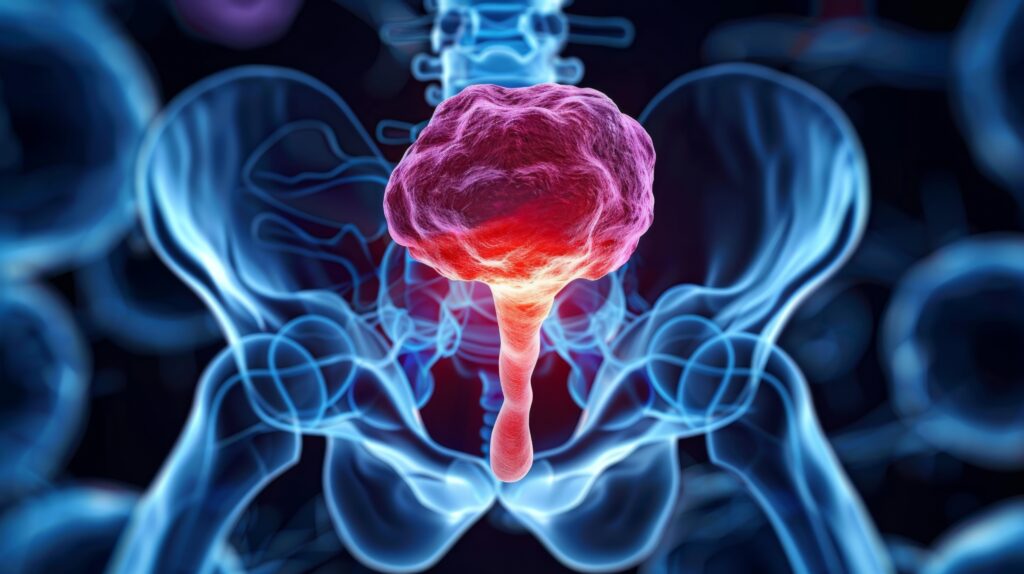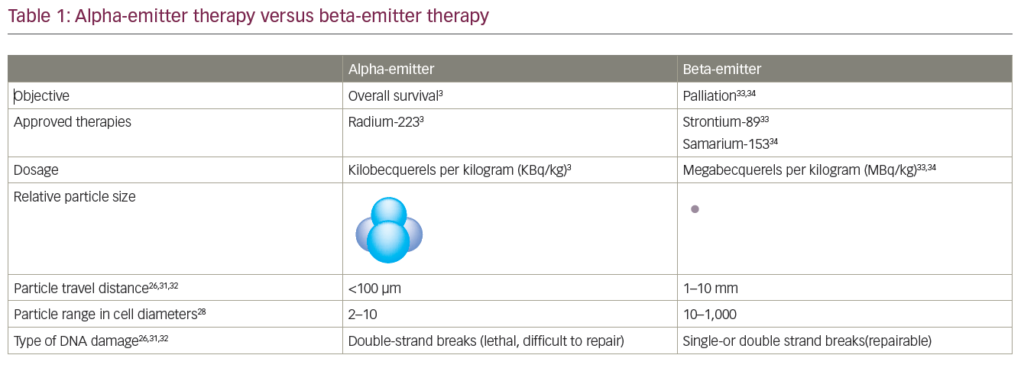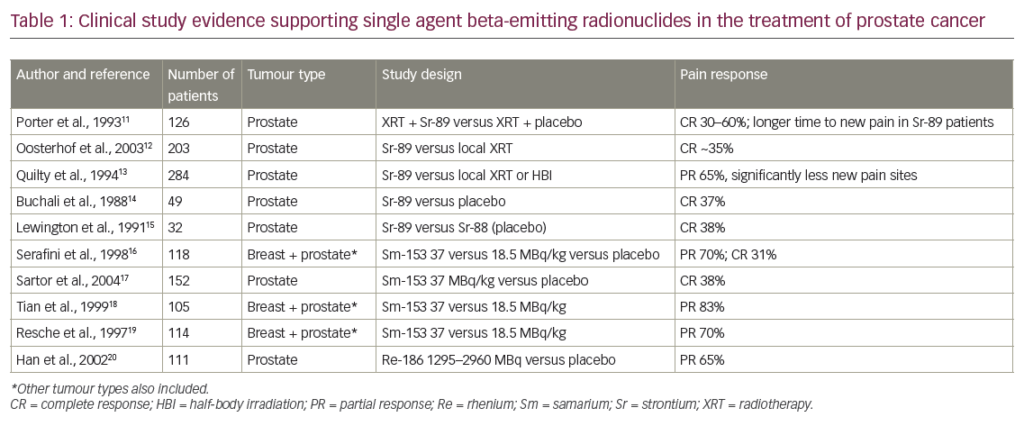This issue of European Haematology reflects the magnificently exciting scope of this field. The enduring allure of haematology that drew many of us into this speciality is its unsurpassed track record of continually being able to bridge the arenas of biomedical research and clinical practice. Haematology epitomises the concept of ‘translational research’ – the truly bidirectional transfer of knowledge between clinical medicine and the laboratory. Repeatedly over the past century, perceptive and thoughtful practitioners of haematology have made astute observations about their patients that took them and their colleagues into the research laboratory to elucidate basic mechanisms of disease. Conversely, an extraordinary cadre of haematologist physician-investigators has been successful in translating basic science discoveries into tangible improvements in human health and clinical practice.
Translational research in haematology has not only advanced the field itself, but has also had an enormously far-reaching impact on many other areas of medicine. It has been the rich tradition of haematology research to not only continually create break-throughs that have diffused into many other fields, but to actually spawn entire new disciplines and specialities of medicine, such as transfusion medicine, immunology and vascular medicine. Examples of this breadth of impact are on full display in European Haematology. For example, it was the discoveries of DNA diagnosis of haemoglobinopathies that broke open the entire contemporary field of molecular genetics, the decoding of the human genome and, ultimately, the dawn of personalised medicine. It was identification of the haematopoietic stem cell and its successful transfer from donor to patient in clinical practice that created the fields of stem cell biology and transplantation, which are blossoming today in virtually every field of medicine. Furthermore, it was the finding of the remarkable plasticity of the haematopoietic stem cell that has given rise to the field of regenerative medicine. It was the understanding of the basic mechanisms of haemostasis and thrombosis, primarily by haematologists, that transformed cardiovascular therapeutics and led to major advances in dramatically improving the prognosis for patients with coronary artery and cerebrovascular disease. It was the successful treatment of haematological malignancies that catalysed today’s major advances in cancer therapeutics in general; for example, the discovery of the BCR-ABL tyrosine kinase inhibitors for the effective and relatively safe treatment of chronic myelogenous leukaemia sparked the current groundswell of research into molecularly targeted therapies for other forms of cancer.
There is considerable concern today that ‘benign’ haematology as a speciality of clinical practice has begun to disappear. Paradoxically, haematology research is more vibrant now than it has ever been in the past, as evidenced by the quantity and quality of haematology research papers published in the literature. Perhaps this paradox just reflects the continued proud tradition of haematology research in creating novel lines of scientific enquiry; these, in turn, give rise to new subspecialities of clinical practice that become annexed and absorbed by other established specialities. So, as a small but precious field that has the property of continuous self-renewal while at the same time proliferating and differentiating into multiple other fields, perhaps haematology is the immortal and treasured stem cell of medicine.
European Haematology would like to thank everyone involved for successfully providing interesting and informative expert discussion on a variety of issues relevant to those in the field of haematology. We would like to thank the Editorial Panel for their thoughts and suggestions and the individual authors for their time and effort. We trust you will find this edition an informative and enjoyable read, and we look forward to bringing you the next edition. ■
My Learning
Login
Sign Up FREE
Register Register
Login
Trending Topic

12 mins
Trending Topic
Developed by Touch
Mark CompleteCompleted
BookmarkBookmarked
Allan A Lima Pereira, Gabriel Lenz, Tiago Biachi de Castria
NEW
Despite being considered a rare type of malignancy, constituting only 3% of all gastrointestinal cancers, the incidence of biliary tract cancers (BTCs) has been increasing worldwide in recent years, with about 20,000 new cases annually only in the USA.1–3 These cancers arise from the biliary epithelium of the small ducts in the periphery of the liver […]
touchREVIEWS in Oncology & Haematology. 2025;21(1):Online ahead of journal publication














